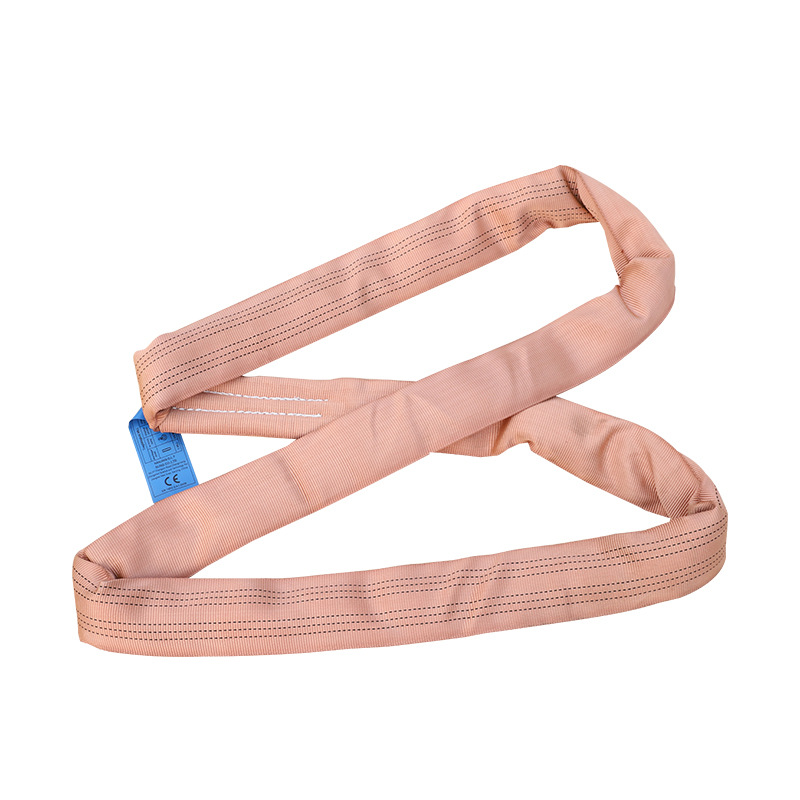Poly round slings are versatile and durable lifting devices commonly used in various industries for hoisting and rigging applications. They are designed to handle heavy loads and provide a secure and reliable means of lifting objects. If you are unfamiliar with using round slings, here are some general guidelines to help you use them safely and effectively.
-
Choose the appropriate sling: Select a round sling with the correct capacity to safely lift the load you intend to hoist. Consider factors such as the weight of the load and the length of the sling needed. Different sling capacities and lengths are available to meet your specific requirements.
-
Lift the load smoothly: Lift the load in a controlled manner, keeping it stable throughout the lifting process. Avoid sudden jerks or movements that could compromise the safety of the lift. Communicate with the crane operator or lifting team to ensure coordinated and safe operations.
-
Properly attach the sling: Attach the round sling to the lifting equipment, such as a crane hook or hoist, using the appropriate method for your specific application. The attachment method may involve a master link, a shackle, or a hook, depending on the lifting equipment and sling configuration.
-
Position the load: Position the load so that it is centered and balanced within the round sling. Make sure that the load does not exceed the sling's rated capacity. Distribute the weight evenly to prevent any stress concentrations on a single point.
-
Check the sling's angle and choke: The angle at which the sling is used affects its capacity. Ensure that the sling angle does not exceed the specified limits provided by the manufacturer. Additionally, avoid excessive choking of the sling on sharp edges or corners of the load, as this can cause damage.
-
Prepare the lifting area: Clear the area where the lifting operation will take place. Remove any obstacles or hazards that could interfere with the hoisting process. Ensure that there is enough space for the load to be lifted and moved safely.
-
Monitor the lift: Continuously monitor the round sling and its attachment points during the lifting process. Regularly check for any signs of wear, slippage, or deformities. If any issues are detected, immediately stop the lift and address them before continuing.
-
Lower the load carefully: When lowering the load, maintain control and ensure that it descends safely. Avoid sudden drops or impacts that could damage the equipment or surrounding structures.
-
Properly store the sling: After use, store the round sling in a clean and dry environment away from direct sunlight, extreme temperatures, and chemicals that could degrade its strength and performance. Coiling the sling properly helps avoid twists or kinks that could compromise its integrity.
Remember, these guidelines are general, and it is essential to follow the specific instructions provided by the manufacturer for the round sling and any accompanying lifting equipment. Safety should always be the top priority, and if you have any doubts or concerns, consult a qualified professional or contact the sling manufacturer for further guidance.